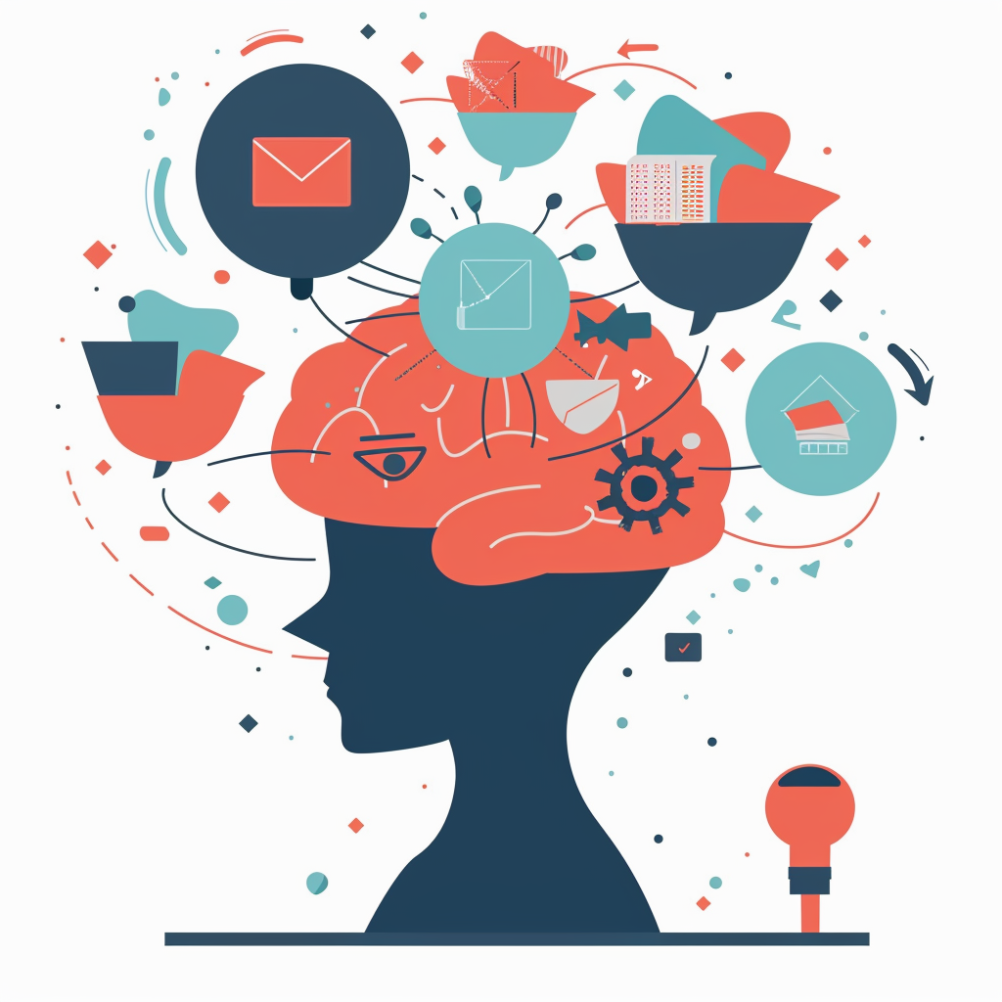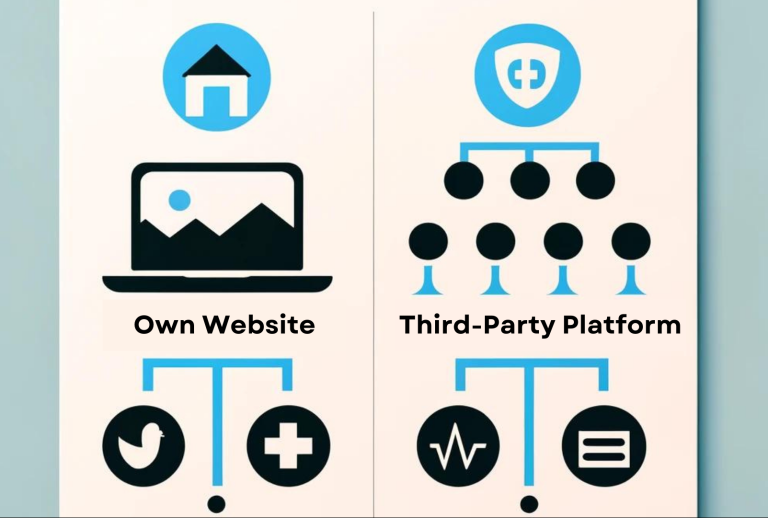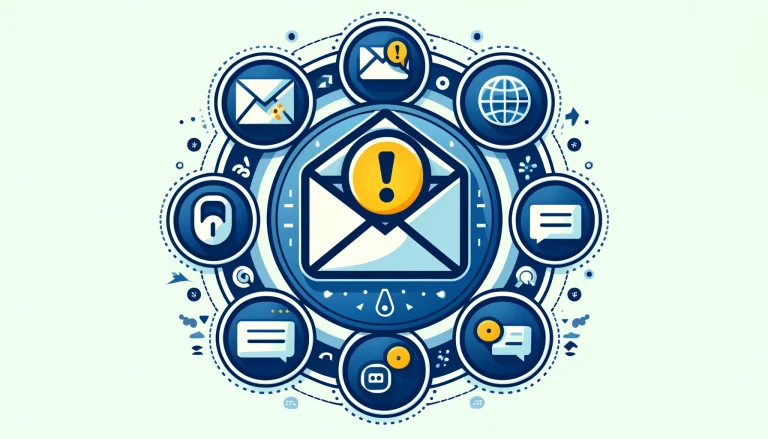Content Formats Driven by the Theory of Attention
Capturing and retaining audience attention is a formidable challenge for content creators and marketers alike. Fortunately, advancements in cognitive psychology and attention theory have provided valuable insights into how humans perceive, process, and engage with content. By leveraging these principles, content creators can design formats that captivate attention, enhance retention, and drive meaningful engagement. Let’s explore content formats engineered by the theory of attention and their efficacy in capturing audience interest.
Visual Storytelling: The Power of Imagery
Visual storytelling harnesses the innate human preference for visual information processing. By incorporating compelling imagery, graphics, and videos into content, creators can captivate audience attention and evoke emotional responses. Visual content formats such as infographics, slideshows, and interactive presentations are particularly effective in conveying complex information in a digestible and engaging manner. Leveraging the theory of attention, visual storytelling focuses on capturing attention through striking visuals and guiding the audience’s gaze to key focal points.
Interactive Experiences: Engaging the Audience
Interactive content formats offer audiences an active role in consuming and exploring content, making it highly engaging and memorable. From quizzes and polls to interactive maps and simulations, these formats encourage audience participation and facilitate experiential learning. By providing opportunities for interaction and feedback, interactive experiences prolong engagement and enhance information retention. Leveraging principles of attention, interactive content captivates audiences by stimulating curiosity, encouraging exploration, and fostering a sense of agency.
Bite-sized Content: Catering to Short Attention Spans
In an era characterized by short attention spans and information overload, bite-sized content formats are gaining popularity. Micro-content formats such as social media posts, short videos, and snackable graphics deliver information in concise and easily consumable snippets. By distilling complex ideas into bite-sized chunks, creators can capture audience attention quickly and sustain engagement over time. Leveraging attention theory, bite-sized content formats prioritize brevity, clarity, and relevance to maximize impact in a limited timeframe.
Narrative-driven Formats: The Art of Storytelling
Humans are wired to respond to stories, making narrative-driven formats a powerful tool for capturing attention and fostering emotional connections. Whether through articles, podcasts, or video series, storytelling engages audiences by weaving a compelling narrative arc with relatable characters, conflicts, and resolutions. By tapping into universal storytelling elements such as suspense, surprise, and empathy, creators can captivate audience attention and leave a lasting impression. Leveraging attention theory, narrative-driven formats focus on maintaining narrative coherence, pacing, and emotional resonance to sustain engagement.
Personalized Content: Tailoring to Individual Preferences
Personalization is key to capturing audience attention in a crowded digital landscape. By leveraging data analytics and machine learning algorithms, creators can deliver content tailored to individual preferences, interests, and behaviors. Personalized content formats such as curated recommendations, dynamic content modules, and targeted messaging resonate with audiences on a personal level, increasing relevance and engagement. Leveraging attention theory, personalized content formats prioritize relevance, context, and timeliness to capture and retain audience attention effectively.
Content formats engineered by the theory of attention leverage cognitive psychology principles to captivate audience interest, enhance engagement, and drive meaningful interactions. By understanding how humans perceive, process, and engage with content, creators can design formats that resonate with audiences on a deep and lasting level. Whether through visual storytelling, interactive experiences, bite-sized content, narrative-driven formats, or personalized content, attention-driven content formats hold the power to inspire, educate, and entertain audiences in the digital age.






